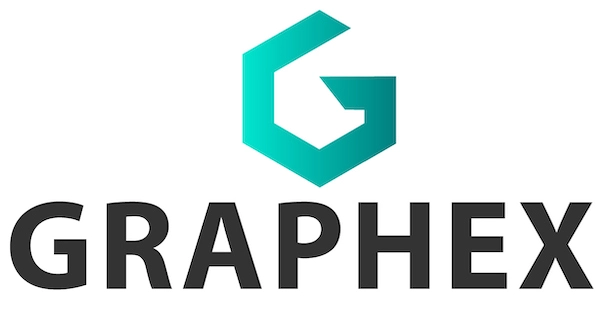Here’s Why Graphite Is Needed for Affordable Electric Vehicles
Subsidies can spur EV adoption, but are the raw-material requirements sustainable?

- With an enhanced national electrification plan and clarification of Inflation Reduction Act provisions, the US is gearing up for the rapid adoption of electric vehicles.
- Manufacturers and politicians may be onboard, but raw material shortages and geo-political tensions make for a potentially dire supply situation in the near future.
- Lithium and cobalt are popular discussion points, but lesser-known graphite makes up around a quarter of EV batteries and presents its own set of supply challenges.
Understanding how to buy, own, and service an electric vehicle is surprisingly complex these days. With a growing marketplace and greatly improved technology, consumers have far more decisions to make, and the wrong choice could be an expensive one. That’s because a portion of the Inflation Reduction Act (IRA), molded by the Environmental Protection Agency and US Department of the Treasury, offers accessible EV subsidies—for certain vehicles.
To learn more about this lesser-known raw material, we talked with Graphex Technologies CEO John DeMaio about what exactly graphite does for electric vehicles and where problems are bound to arise.
This is a snippet, to contune reading this post, please visit Autoweek.
Related Posts
- Will designating China as an “entity of concern” spur the development of US supply chains?
- U.S. Limits China’s Ability to Benefit From Electric Vehicle Subsidies
- China’s restriction on graphite exports could stymie US EV makers
- EVs with Chinese parts won’t qualify for the full $7,500 tax credit from 2024
